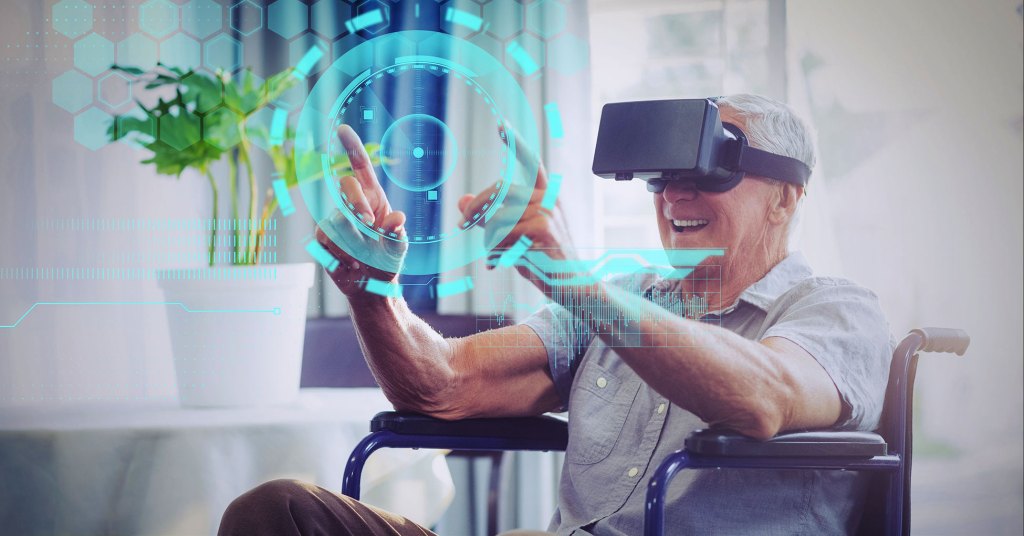

Understanding the Senior Market
The senior market encompasses individuals aged 65 and older, a demographic that is expected to grow significantly in the coming decades. According to the World Health Organization, the global population of people aged 60 years and older will double by 2050, reaching 2.1 billion. This shift necessitates a focus on creating technology that supports healthy aging, independence, and improved quality of life.
Key Requirements for Touchscreen Software Development for SeniorsUser-Friendly Interface:
Simplified Navigation: Menus should be straightforward, with clear labels and a logical flow. Avoid complex hierarchies that could confuse users.Large Icons and Text: Buttons, icons, and text should be large enough to be easily read and pressed, accommodating those with visual impairments and reduced fine motor skills.High Contrast and Clarity: Use high-contrast color schemes to improve readability. Avoid overly bright or clashing colors that could cause strain.Accessibility Features:
Voice Commands and Control: Incorporate voice recognition to allow seniors to navigate and interact with the software hands-free.Text-to-Speech: Provide options for text-to-speech to aid those with visual impairments or reading difficulties.Adjustable Settings: Allow customization of font sizes, contrast levels, and audio settings to meet individual preferences and needs.Intuitive Design:
Minimalist Design: A clean, uncluttered interface helps users focus on essential functions without being overwhelmed by too many options or graphics.Consistent Layout: Maintain consistency in button placement and screen layout across different sections of the software to build familiarity and ease of use.Error Prevention and Recovery:
Confirmation Prompts: Include confirmation steps for actions that could have significant consequences, such as deleting files or making purchases.Undo Options: Provide easy ways to undo recent actions to alleviate the fear of making mistakes.Support and Guidance:
Tutorials and Help Sections: Offer simple, accessible tutorials and help sections to guide new users through the software.Customer Support: Ensure robust customer support is available, ideally with options for direct human interaction, such as phone support or live chat.Benefits of Touchscreen Software for SeniorsEnhanced Communication:
Staying Connected: Touchscreen devices and software facilitate easy communication with family and friends through video calls, messaging apps, and social media, helping to reduce feelings of isolation.Improved Health Management:
Health Monitoring: Apps designed for health tracking can help seniors manage medications, monitor vital signs, and keep track of medical appointments.Telemedicine: Access to telemedicine services via touchscreen devices can provide convenient medical consultations without the need for travel.Increased Independence:
Home Automation: Integration with smart home devices can allow seniors to control lights, thermostats, and security systems easily, promoting greater independence.Transportation: Ride-sharing apps with simplified interfaces can offer convenient transportation options.Entertainment and Engagement:
Mental Stimulation: Games, puzzles, and educational apps can keep the mind active and engaged.Media Consumption: Access to e-books, audiobooks, music, and streaming services provides diverse entertainment options.Accessibility to Services:
Online Shopping: Simplified interfaces for online shopping can help seniors purchase necessities without needing to leave their homes.Banking and Finance: Secure and straightforward banking apps can assist in managing finances efficiently.TouchscreenLearning already offers many years of experience as a supplier of high-quality, specially tailored touchscreen solutions for the eductional and care industries. Find out more at www.touchscreenlearning.com
